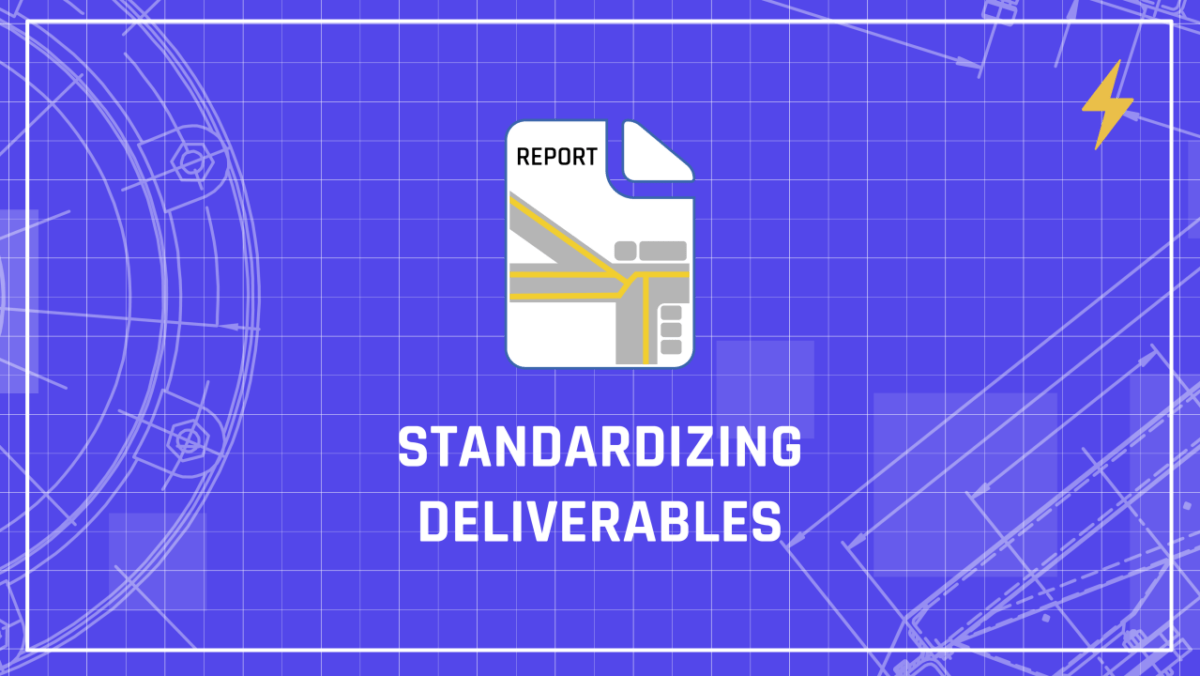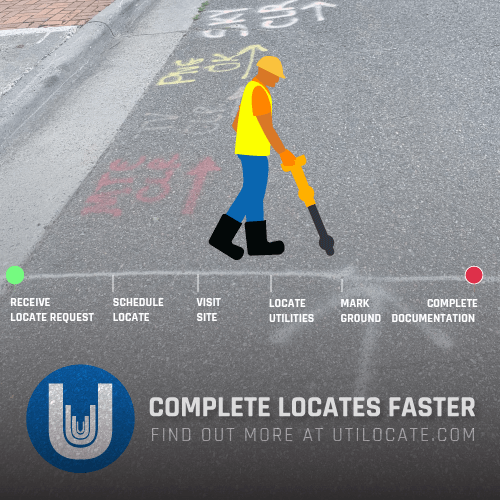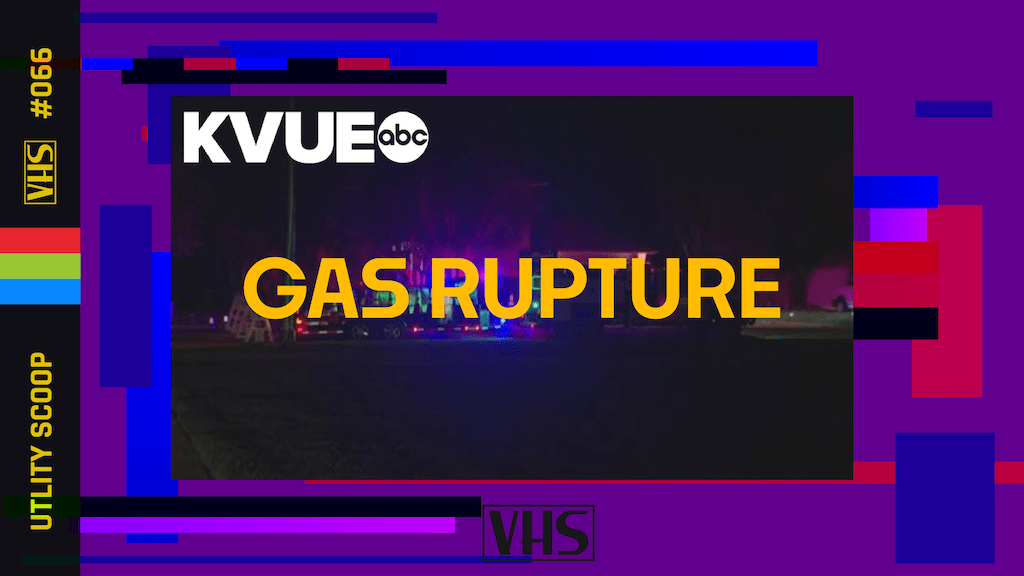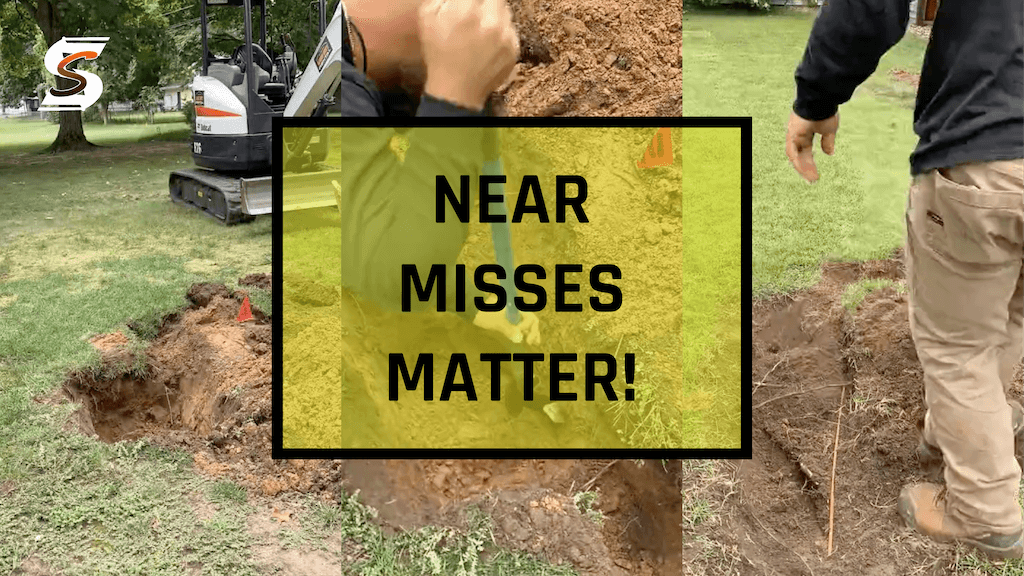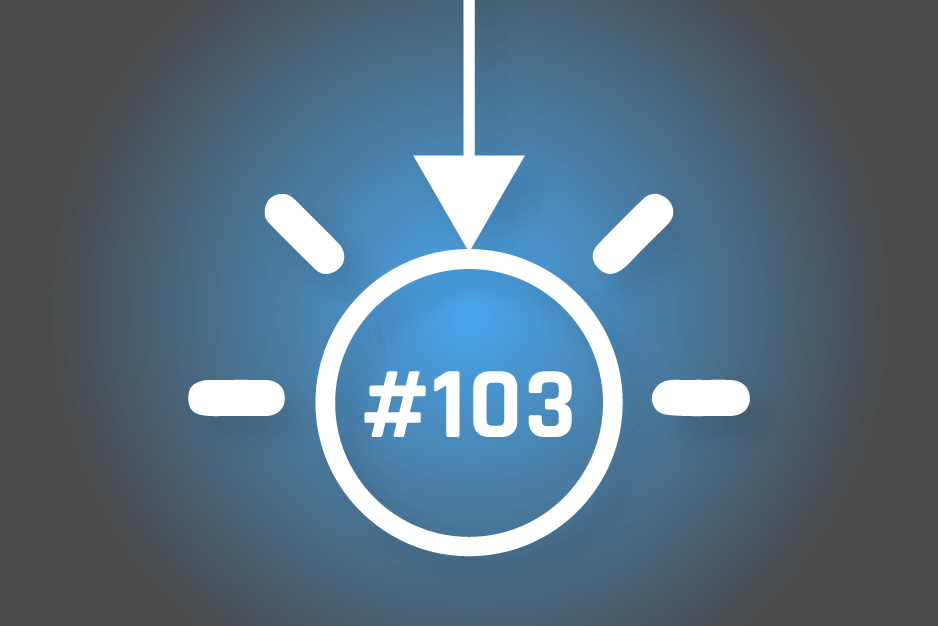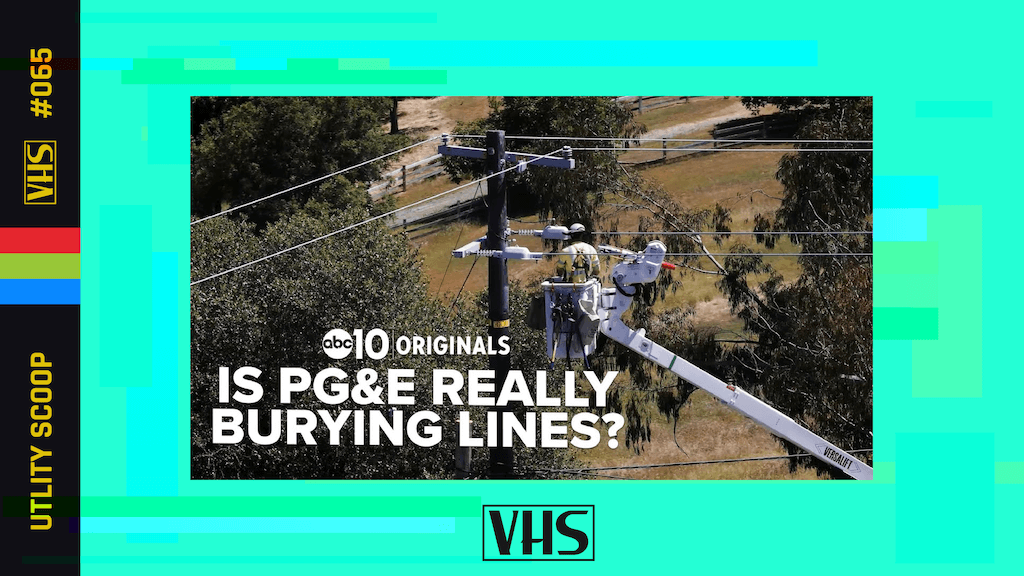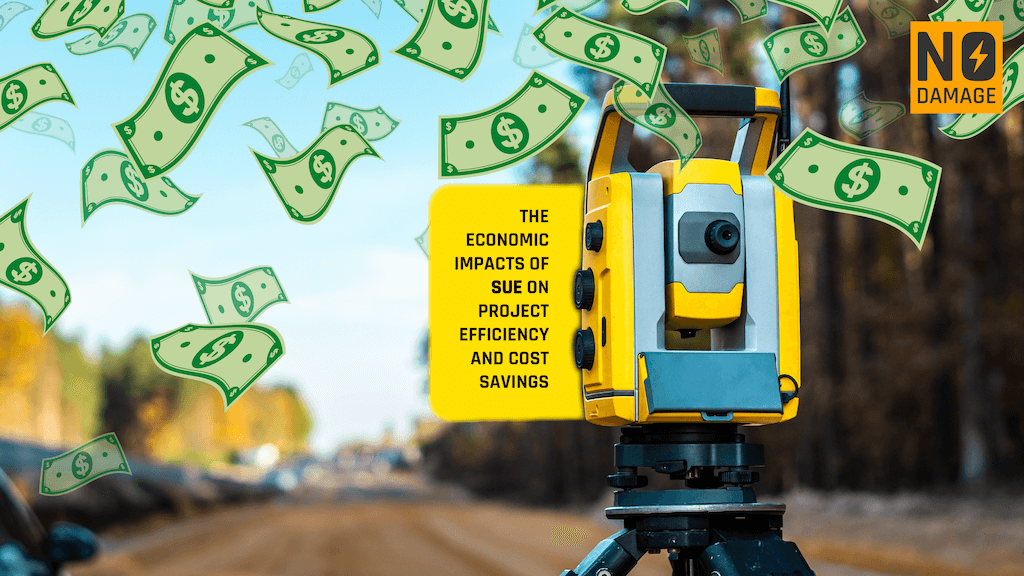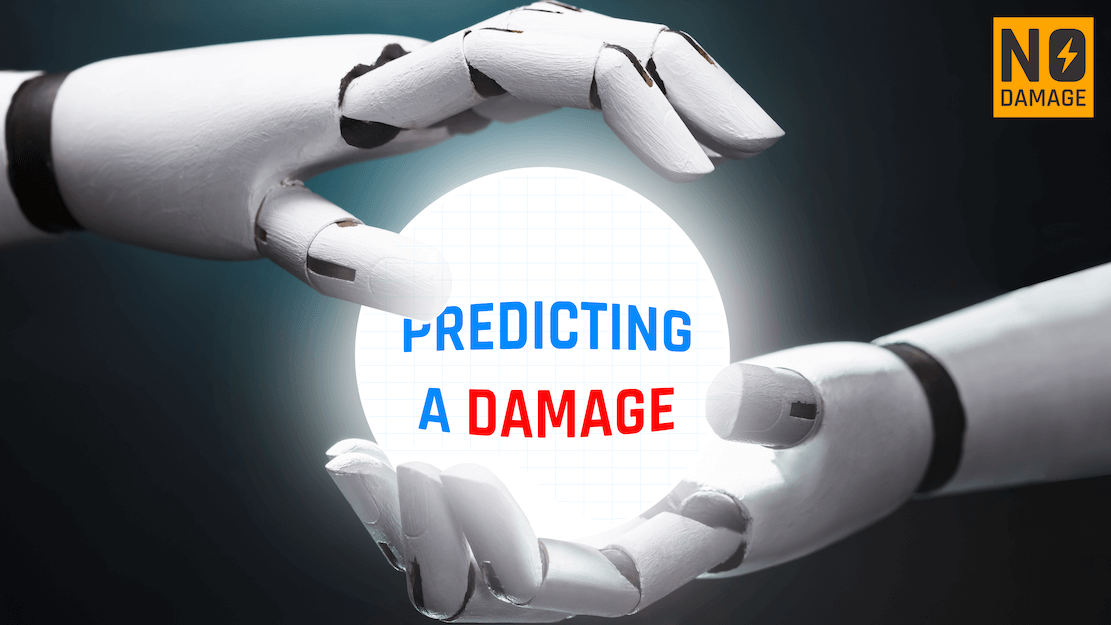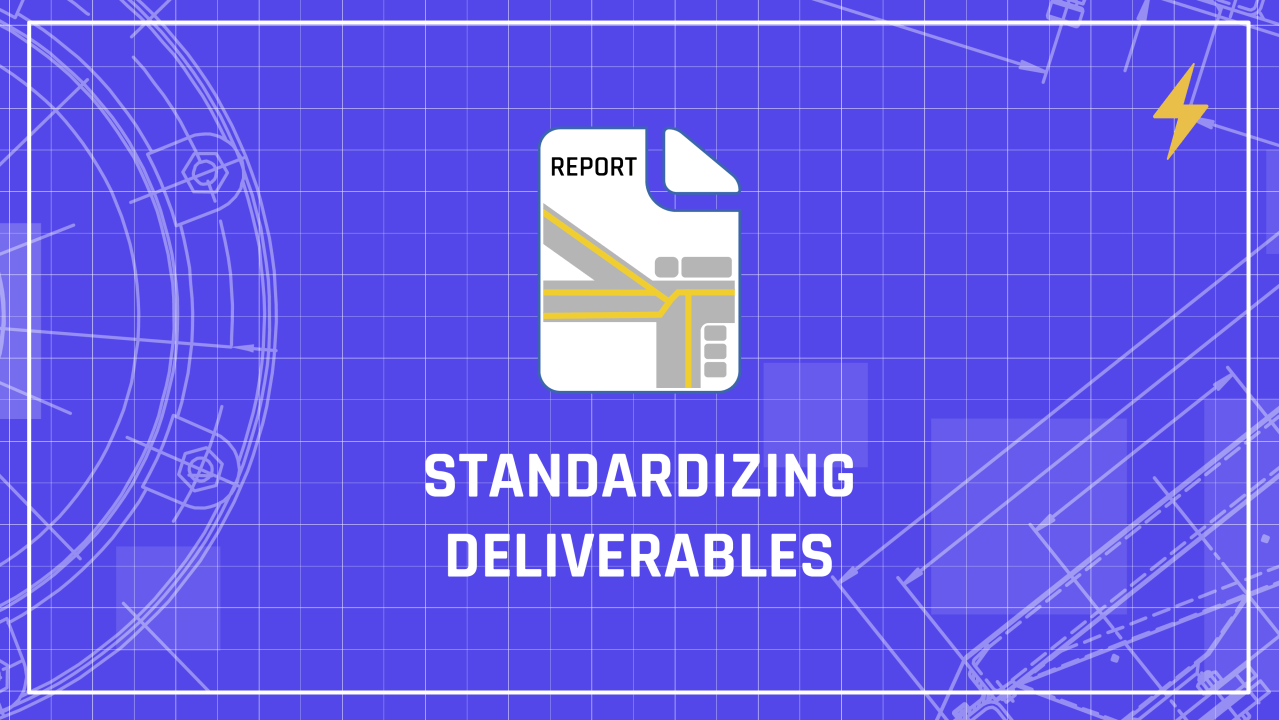
A Critical Imperative for Safety and Efficiency
We’ve been onboarding a lot of new clients lately and part of my role is information gathering. During this time I take a look at their previous processes and paperwork. The huge variance in quality of reports is pretty alarming, and I thought it would be worth exploring the need for standardization in locate reports. With underground utility projects the importance of accurate, standardized deliverables cannot be overstated. Yet, the field continues to grapple with a lack of uniformity in documentation, leading to a myriad of challenges that compromise safety, efficiency, and cost-effectiveness. It's time we recognize the urgent need to standardize and enhance deliverables, drawing upon insights from private utility locating and Subsurface Utility Engineering (SUE) practices.
In recent years, the demand for precise utility information has escalated, driven by rapid urbanization, infrastructure expansion, and the imperative to minimize disruptions. Private utility locating firms, often at the forefront of this endeavor, have encountered firsthand the consequences of inconsistent and subpar deliverables. Whether it's inaccuracies in utility maps, outdated records, or fragmented data formats, these deficiencies pose grave risks to construction projects and public safety. (Hence the rise of companies like 4M Analytics )
SUE
The advent of SUE, a systematic approach to accurately delineating subsurface utilities, has shed light on the inadequacies of traditional documentation methods. SUE providers employ advanced technologies and methodologies to collect, verify, and organize utility data, aiming to mitigate conflicts and reduce costly surprises during construction. Yet, the efficacy of SUE hinges upon the availability of reliable, standardized deliverables—a gap that must be addressed collectively by industry stakeholders. The locate industry would benefit from reliable, standardized deliverables just as much! During construction operations, the absence of dependable information regarding underground utility locations can lead to costly setbacks, including conflicts, damages, service interruptions, redesigns, liability claims, and even injuries. Subsurface Utility Engineering (SUE) stands as a specialized engineering discipline tasked with managing risks inherent in locating and mapping below-ground utilities, encompassing condition assessments and construction strategies.
In terms of ownership and design, there exists a reasonable expectation that plans and records should accurately reflect subsurface utility locations. However, practical experience often reveals discrepancies, whether it be deviations from recorded data or incomplete documentation of additional underground systems or modifications. Consequently, SUE emerges as a pivotal solution, furnishing essential information to bridge this gap.
When executed appropriately, SUE serves to identify existing subsurface utility data, map underground utility locations, and classify data accuracy according to standardized quality levels. This comprehensive SUE data empowers stakeholders to devise strategies, make informed design choices, manage risks, and preempt utility conflicts and delays. Should a utility conflict arise, SUE enables the exploration of viable alternatives to resolve the issue before incurring any physical or financial harm.
By amalgamating civil engineering, surveying, geophysics, asset management technologies, and nondestructive excavation technologies, SUE offers precise 3D mapping of existing underground utilities during the design phase. This proactive approach helps circumvent unnecessary relocations, preempt unexpected utility clashes, and elevate safety standards throughout the construction process.
I've written before about improving deliverables and I think similarly of standardization. Standardization in deliverables is not merely a matter of convenience; it is a fundamental prerequisite for fostering safety and efficiency across the entire project lifecycle. By implementing consistent formats, data models, and quality control measures, we can ensure that utility information is communicated effectively and comprehensively. This, in turn, empowers engineers, contractors, and decision-makers to make informed choices, minimize risks, and optimize resource allocation.
Moreover, standardized deliverables facilitate interoperability and data exchange among diverse stakeholders, from utility owners to regulatory agencies. Seamless integration of information promotes transparency, collaboration, and accountability—a cornerstone of successful project management in today's complex urban environments. Furthermore, it streamlines regulatory compliance, reducing administrative burdens and legal liabilities associated with non-compliance.
Embracing standardized deliverables is not without its challenges, requiring concerted efforts from policymakers, industry associations, and technology providers. It necessitates the establishment of clear guidelines, best practices, and training programs to ensure widespread adoption and adherence. Additionally, investments in digital infrastructure, such as Geographic Information Systems (GIS), Building Information Modeling (BIM), and ticket/project management software like Utilocate, are indispensable for modernizing data management processes and enabling real-time collaboration.
Standardizing locate deliverables would set a bar but still allow for innovation which may be more relevant to private locate companies who usually have more time to spend on this kind of thing. For example take a look at these 3D deliverables for SUEwhich provide a lot of information in a graphic format. A picture says a thousand words! But that can be an additional component too the report and sent through as a link.
Ultimately, the imperative to standardize and improve deliverables transcends individual interests—it is a collective responsibility to safeguard public safety, enhance project outcomes, and drive innovation in the underground utility sector. As we navigate an era of unprecedented urbanization and infrastructure renewal, let us seize this opportunity to forge a future where accurate, standardized utility information serves as the cornerstone of sustainable development and resilient communities. The time for action is now.
Share this Post

